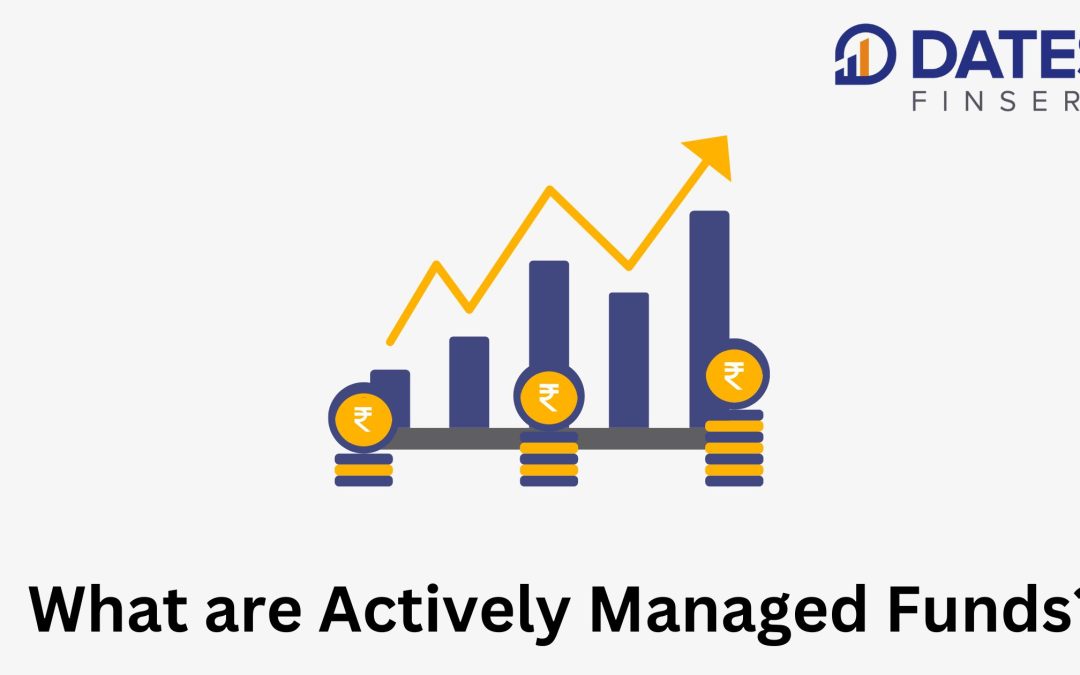Actively managed funds are a type of mutual fund that is managed by a professional investment manager. The manager seeks to outperform the market by making a buy, sell, and hold decisions about the fund’s underlying assets.
Actively managed funds can be a good option for investors who are looking for the potential for higher returns. However, it is important to remember that there is no guarantee of outperforming the market, and actively managed funds can also be more expensive than passively managed funds.
What are the benefits of actively managed funds?
There are several potential benefits to investing in actively managed funds. First, actively managed funds can potentially outperform the market. This is because the fund manager has the ability to make investment decisions that are tailored to the specific goals and risk tolerance of the fund.
Second, actively managed funds can provide investors with more diversification. This is because the fund manager can invest in a variety of different assets, which can help to reduce risk.
Third, actively managed funds can offer investors more liquidity. This is because the fund’s shares are traded on an exchange, which means that investors can buy and sell them easily.
Also, read it- Liquid Funds: Benefits, Risks, and Returns
What are the risks of actively managed funds?
There are also some potential risks associated with investing in actively managed funds. First, there is no guarantee that the fund will outperform the market. In fact, studies have shown that actively managed funds often underperform the market over the long term.
Second, actively managed funds can be more expensive than passively managed funds. This is because the fund manager charges fees for their services. Third, actively managed funds can be more volatile than passively managed funds. This is because the fund manager is making active investment decisions, which can lead to greater fluctuations in the fund’s value.
How to choose an actively managed fund?
When choosing an actively managed fund, there are several factors to consider. First, you need to decide what your investment goals are. Are you looking for growth, income, or a combination of both?
Second, you need to consider your risk tolerance. How much risk are you comfortable taking with your investment?
Third, you need to look at the fund’s fees. How much are you paying in management fees?
Fourth, you need to look at the fund’s performance. How has the fund performed over the past few years?
Conclusion
Actively managed funds can be a good option for investors who are looking for the potential for higher returns. However, it is important to remember that there is no guarantee of outperforming the market, and actively managed funds can also be more expensive than passively managed funds.
When choosing an actively managed fund, it is important to do your research and choose a fund that is right for your investment goals and risk tolerance.

